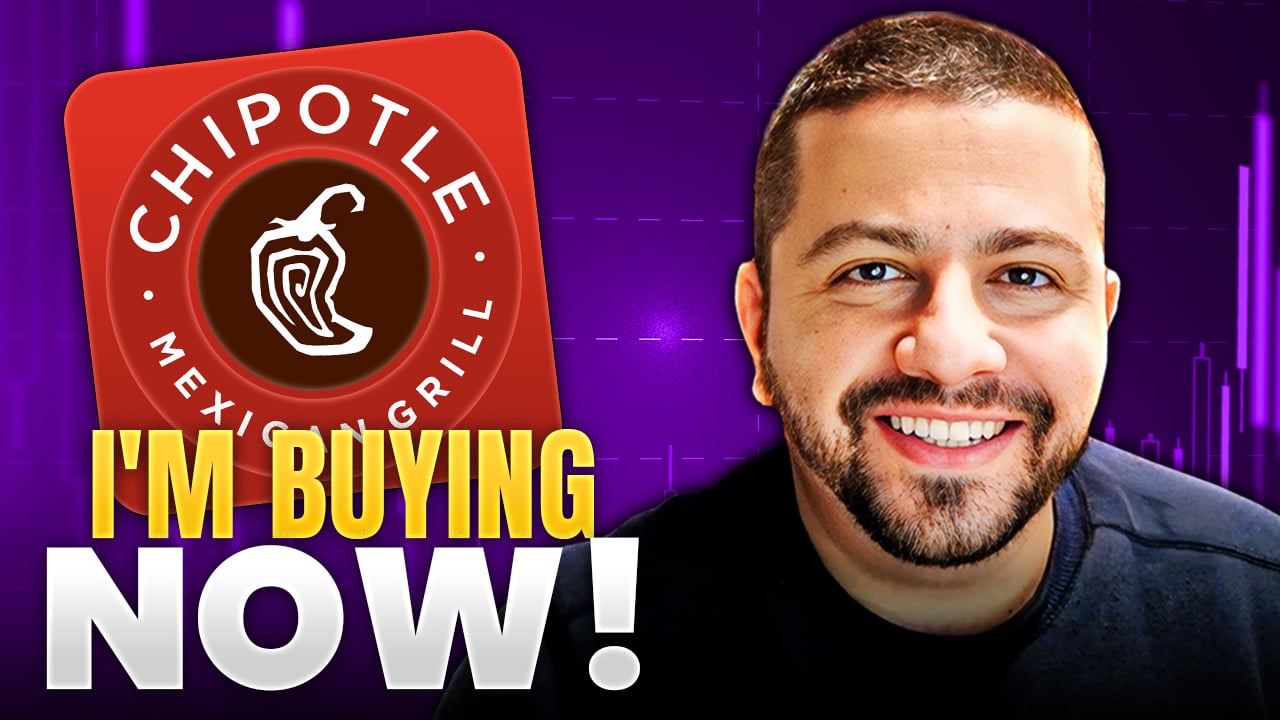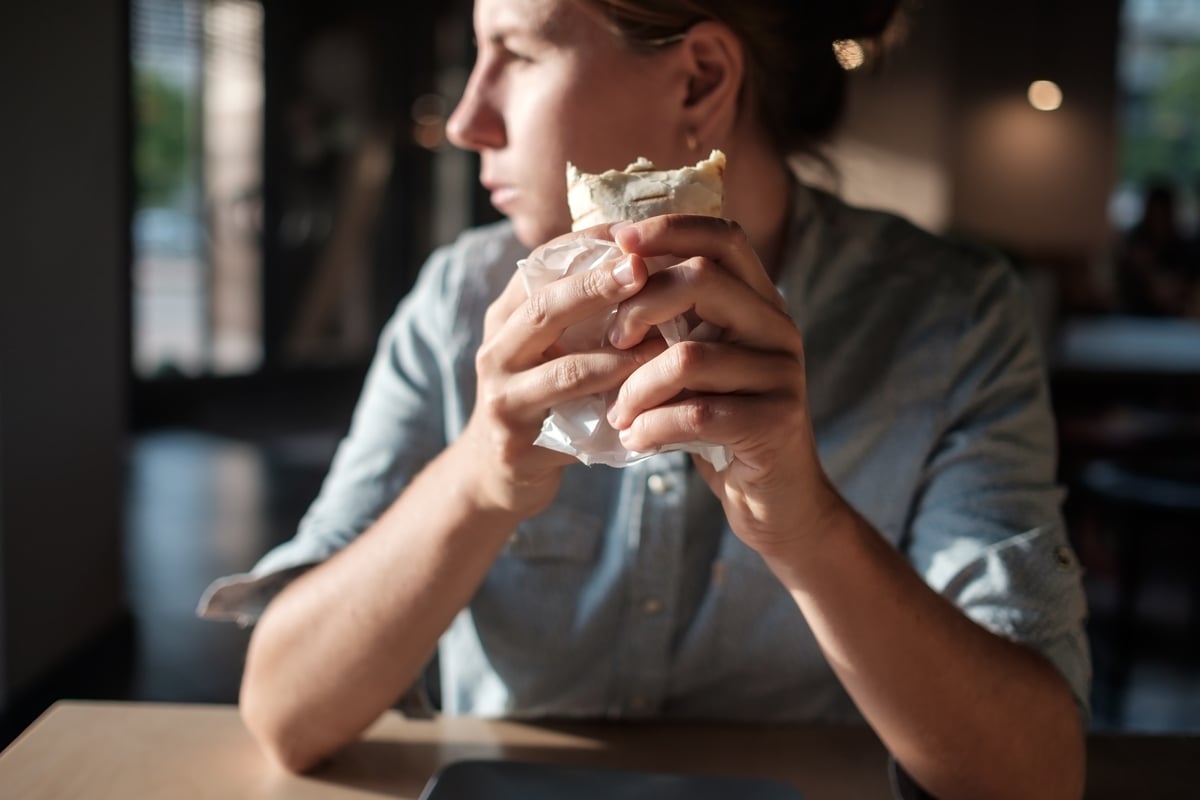Chipotle Mexican Grill (CMG 0.24%) delivered another blowout earnings report Tuesday as the company beat estimates on the top and bottom lines, and executed on all of its key initiatives.
Growth in comparable sales accelerated for the eighth quarter in a row, coming in at 13.4% as comparable transactions grew 8%, an impressive number at a time when many other restaurant chains are struggling to grow customer traffic. Digital sales jumped 78.3% to 19.6% of sales, and restaurant-level operating margin rose from 17% to 19.2%.
Chipotle is effectively carrying out nearly all of the growth initiatives that CEO Brian Niccol has set out for the company since he took the helm nearly two years ago. The burrito chain has rapidly expanded its digital and delivery capabilities. It's marketing more effectively and efficiently, and growing its loyalty program. It's rolling out its own version of drive-thru, called Chipotlanes, which will help lift digital sales and tap into customer demand. And it's introducing popular new menu items, like carne asada and queso blanco.
Despite the strong earnings report, the investor response after hours was tepid, and the stock price remained essentially unchanged. With shares up nearly 70% over the past year, much of the company's anticipated growth seems priced in.
Investors may be wondering if the big rally is finally over. Since the stock has more than tripled since Niccol took the helm, it's a question worth asking. Let's take a closer look.

Image source: Chipotle.
The near-term outlook
The company's streak of eight consecutive quarters of comparable-sales acceleration -- 13.4% in the most recent quarter -- is certainly impressive. But it's difficult for a restaurant, especially a well-established chain like Chipotle, to maintain that kind of growth; comparisons get more difficult when you're building off a year with double-digit growth.
For 2020, Chipotle is forecasting just mid-single-digit growth in comparable sales; chief financial officer Jack Hartung noted on the call that comparisons would get more difficult as the year goes on. At this time last year, the company was also forecasting mid-single-digit comparable-sales growth, so the 2020 outlook may turn out to be conservative. Nonetheless, the company doesn't expect the recent growth rate to keep up.
Similarly, Chipotle plans to open 150 to 165 new restaurants in 2020, but on top of a base of 2,622 locations, that only represents 6% growth in the store base. All of Chipotle's locations are company-owned, so the company can't grow as fast as a franchised restaurant chain. It also seems unlikely that it will return to its expansion rate of around 10% before the E. coli outbreak.
Based on its guidance, then, investors can expect total revenue to grow around 10% in 2020, significantly slower than the 14.8% growth it saw in 2019.
Other challenges
While Chipotle's profits have grown quickly since Niccol took over, the stock has risen even more quickly. As a result, Chipotle shares now trade at a price-to-earnings ratio above 60 following the latest earnings report. That gives it a valuation about double that of Starbucks, making it pricey for a restaurant stock.
Chipotle stock is at an all-time high -- more expensive than it was before the chain's last E. coli outbreak. Yet key metrics like earnings per share, average unit volumes, and restaurant-level operating margin are all lower from that point. Though the restaurant base is much larger now, by any reasonable comparison, the stock is significantly more expensive than it was at its prior peak in 2015.
in the past, Chipotle investors also had some potential upside from seed-concept restaurant chains like ShopHouse, Pizzeria Locale, and Tasty Made. However, those haven't contributed significantly to Chipotle's financial performance. International expansion has slowed, too, as the company has just a few dozen locations outside the U.S.
The bull case
Chipotle is executing perfectly. The company has unlocked a number of levers for expanding sales and margins, including digital, delivery, Chipotlanes, loyalty programs, and new menu items. And we know from the company's previous success that its restaurants are able to handle significantly more volume than they do today. Before the E. coli outbreak, the company's average restaurant generated about $2.5 million in annual sales. Today, that's $2.2 million, and the company has added second make lines to many of its locations since, further expanding capacity.
CFO Jack Hartung believes that Chipotle's restaurants generate an operating margin corresponding to their average unit volume -- meaning a location with $2.2 million AUV would have 22% operating margin and a $2.3 million AUV restaurant would have a 23% margin, and so on -- so it's easy to see how margins expand with comparable-sales growth.
Niccol has had the magic touch since he took over, and the company looks to have more growth ahead, especially given its momentum in digital. But with the market essentially shrugging at a stellar earnings report, the stock may finally be ready for a breather.






